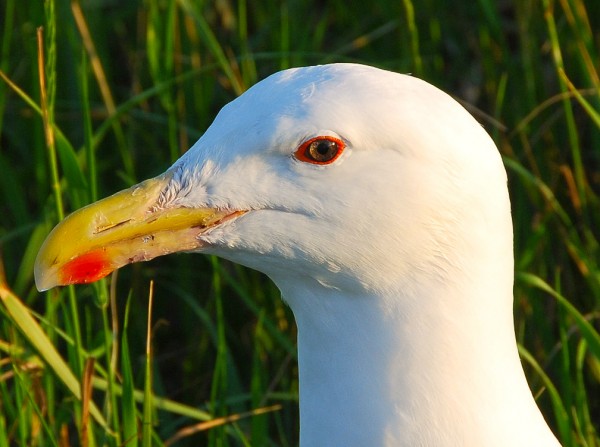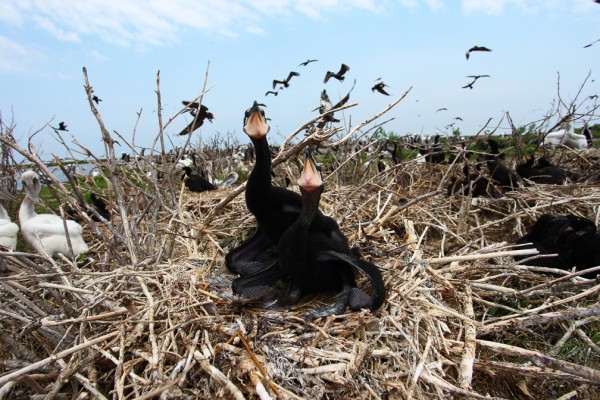2013 – An assessment year for colonial waterbirds
Azalea at Nanney Creek, Va Beach Feb 13
February 14, 2013A Remarkable 2012 Season of Recovery for the Red-cockaded Woodpecker in Virginia
February 26, 2013
From April through June of 2013 waterbird biologists will work throughout coastal Virginia to map and count colonies of 25 waterbird species in Virginia. The survey is intended to give an update on the status and distribution of these sensitive populations in the commonwealth. For the first time, the Virginia survey will be coordinated with states throughout the northeast to provide a broader, regional assessment. The Virginia survey typically covers more than 450 colonies including approximately 90,000 breeding pairs. The survey is truly a collaborative effort including state and federal agencies, NGOs and academic partners.

Adult great black-backed gull. This species has been increasing since they first nested in Virginia in 1972. Photo by Bryan Watts.
The Center for Conservation Biology has played a central role in coordinating and conducting the assessment since its inception. In the fall of 1992, the Center for Conservation Biology convened a meeting of waterbird partners in Williamsburg to plan the first comprehensive coast-wide survey of colonial waterbirds. The first survey of its type in Virginia was conducted during the breeding season of 1993 and the partnership agreed to repeat the survey every 10 years thereafter. 2013 is the third anniversary survey.
Waterbirds are sensitive indicators of environmental health including contaminants, prey populations, habitat availability and climate change. Over the past 20 years, several species have recovered from the DDT lows of the 1970s while others have expanded their range into Virginia and still others are suffering high rates of decline. Although they represent snapshots in time the series of benchmark surveys provides great insight into ecosystem and population health.

Nestling double-crested cormorants on Smith Island. Photo by Bryan Watts.
On 20 February, 2013 Bryan Watts from the Center lead a coordination meeting in Melfa Virginia for the 2013 survey. It is always great to work with a community of dedicated biologists committed to species conservation. Stay tuned for updates on the survey.
Written by Bryan Watts
2/22/13



